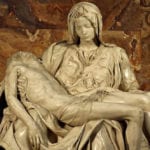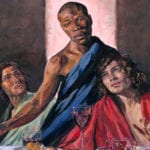 Weird Stuff
Weird Stuff  Weird Stuff
Weird Stuff  History
History 10 Legends Whose Last Moments Undid Their Glory
 Health
Health 10 Futuristic Ideas to Treat Common Medical Problems
 Weird Stuff
Weird Stuff Ten Surreal Attempts to Reverse Baldness
 Facts
Facts 10 U.S. Government Contingency Plans for the Unthinkable
 History
History 10 Weird Distractions from the Great Depression
 Movies and TV
Movies and TV 10 Fictional Kings Who Go from Good to Bad
 Food
Food The Fantastic Chemistry Behind Why 10 Popular Foods Taste So Good
 Technology
Technology 10 Futuristic Fungal Technologies
 History
History 10 Not-so-Spooky Events That Also Happened on October 31
 Weird Stuff
Weird Stuff 10 Things So Rare They’ve Only Been Found Once
 History
History 10 Legends Whose Last Moments Undid Their Glory
 Health
Health 10 Futuristic Ideas to Treat Common Medical Problems
Who's Behind Listverse?

Jamie Frater
Head Editor
Jamie founded Listverse due to an insatiable desire to share fascinating, obscure, and bizarre facts. He has been a guest speaker on numerous national radio and television stations and is a five time published author.
More About Us Weird Stuff
Weird Stuff Ten Surreal Attempts to Reverse Baldness
 Facts
Facts 10 U.S. Government Contingency Plans for the Unthinkable
 History
History 10 Weird Distractions from the Great Depression
 Movies and TV
Movies and TV 10 Fictional Kings Who Go from Good to Bad
 Food
Food The Fantastic Chemistry Behind Why 10 Popular Foods Taste So Good
 Technology
Technology 10 Futuristic Fungal Technologies
 History
History 10 Not-so-Spooky Events That Also Happened on October 31
10 Reasons The Story Of Jesus Might Be An Allegory For The Sun
Whether a person called Jesus Christ ever actually existed or not, the story attributed to Him is largely, although unofficially, agreed by most atheists to be an allegory for the yearly journey of the Sun. Written accounts can be found that predate the lifetime of Jesus by thousands of years, and each draws from a previous version, essentially telling the same story right back to ancient times, when humans really did worship the Sun.
Perhaps the Sun was worshiped for good reason; after all, life here would not exist without it. For those in ancient times, the realization of their reliance on the Sun for their harvests, and in turn their survival, was evident in their ancient writings. If anything did deserve our utter respect and adulation, you could make a strong argument that the Sun might just be such a body. Here are ten reasons why the story of Jesus, and indeed the tales that predated it, might be the telling of the annual journey of the Sun through the zodiac. Remember, this isn’t fact; everything you read from here on are merely theories and interpretation . . .
10 The ‘Rebirth’ Of The Sun Is The Birth Of Jesus Christ
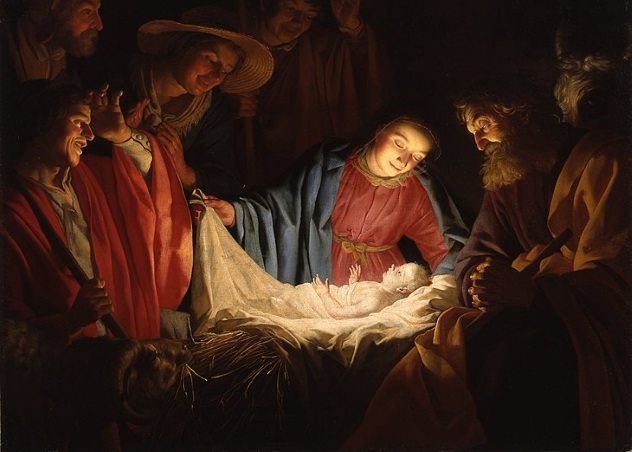
The first day of the “new” Sun is December 25, which, as we all know, is the day Jesus was born in the stable in Bethlehem.[1] Even terms such as the “Son of God” could have originally, in ancient texts, have simply been “the Sun God.” As we will look at later in this list, the new Sun comes after the winter solstice, which ends the previous cycle of the Sun, before its rebirth—essentially, the circle of life.
Following December 25—when the Sun is reborn—it begins its journey through the houses of the zodiac, just as Jesus begins His life, first as a young child (new Sun) and all the way to summer, when the Sun is at its strongest, or when Jesus was at His most influential and powerful. As a further testament to this, many ancient records depict the Sun as a baby around December and January, a young boy at Easter, a strong and able man during the summer (sometimes with long, yellow hair, indicating bright sunrays), and a tired and frail old man in the months approaching winter.
9 The Three Wise Men
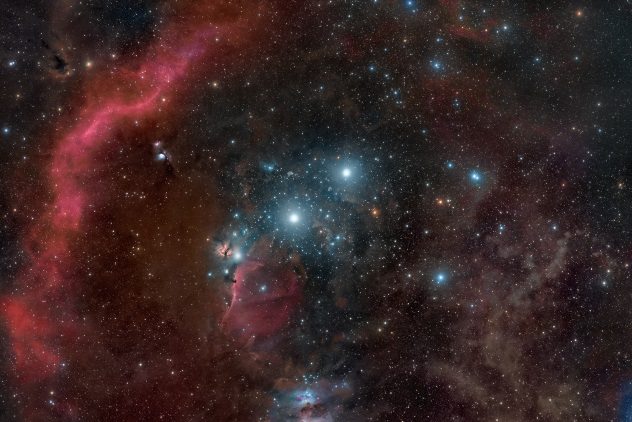
Of course, as much as we are familiar with Christmas and the story behind it, most of us will also be familiar with the story of the Three Wise Men and their journey to meet the new “King of Kings.” This is actually—if you believe the claims—a reference to the three stars of Orion’s Belt, which just after the winter solstice, align in such a way as to point to Sirius, the brightest star in the sky and the star that the Three Kings (the three stars of Orion’s Belt) follow or are guided by.[2]
The three stars of Orion’s Belt were also once called the “Three Kings of Orion”—another example of where the story of the Three Kings going to meet the new Son (Sun) of God may have come from. Not only is this an intriguing argument, but it is a great example of the intricate knowledge that ancient people must have had of the universe, which, for all intents and purposes, is the heavens.
8 Jesus’s Baptism At 30 Years Of Age

At the age of 30 years, Jesus was baptized, at least according to the Bible. It is theorized that this is actually documenting the Sun entering the water sign, the House of Aquarius, 30 days after its birth.[3]
As an interesting side note, during this time of the year (in the West, which the story of Jesus Christ in the New Testament was geared toward), the rainfall is greater than most other months. Also, in ancient Egypt—from which the modern story of Jesus comes—the Nile was said to have flooded at this time, which the local population was grateful for, as it brought forth the waters to the land, which were required for a plentiful harvest.
This symbolism alongside the story of Jesus continues as the Sun then enters the House of Pisces, which is represented on the zodiac by the sign of a fish. In the story of Jesus, He would take His disciples from fishermen. Some believe this is the root of the reason we actually “celebrate” Lent: We eat fish and no meat as honor and recognition of this particular part of the Sun’s journey through the zodiac.
7 Becoming A Shepherd And The Salvation Of Men
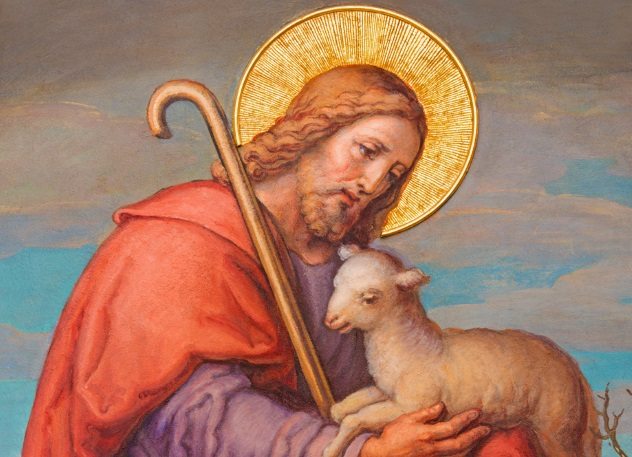
Even Jesus going on to become a shepherd is reasoned to be the Sun again entering a new house of the Zodiac—this time that of Aries—represented by a ram, which of course, would have once been a lamb. Lambs were sacrificed in ancient times, their blood allowed to spill on the land as an offering to the Sun in return for a plentiful harvest. This is just one of the reasons for lamb being typically a food associated with Easter.
As spring continues to make the push toward summer, ancient civilizations would see their supplies from the previous year’s harvest dwindling.[4] They were essentially now at the mercy of the Sun to assist in providing what was needed for another good harvest so that they might stock up again for the following year. This is claimed to be symbolized in the story of Jesus, as Christ then ventures out to the “salvation of men”—to provide what they were so very desperate for.
The Sun at this stage is in the house of Taurus, represented by the bull, utilized in reality to plow the fields in anticipation of the gifts and cosmic lifeblood of the Sun. As these seeds are sown, the twins of Gemini are represented, as one seed doubles (sprouts) to become another and so forth—essentially doubling itself, as twins are a double.
6 Summer Solstice

The summer solstice is generally on June 21 and is symbolized by Jesus being at His most wise and powerful.[5] Essentially, as He spread goodwill and good deeds, resulting in joy and happiness in His life story, so does the Sun as its rays provide heat and light to the Earth, not only for human beings and all things alive but for crops, ensuring a good harvest and plentiful amounts of food.
As we mentioned earlier, in ancient times, the Sun during the summer months would often be symbolized with long, yellow hair—or sometimes with a bright halo around or at the back of the head. This is an ancient reference to sunrays and esoteric knowledge that the divinity is in reality the Sun.
This particular time of year has been celebrated through all of recorded history, which means it would have been recognized orally for a long time prior to that.
5 The Height Of Summer Is Jesus Is At The Height Of His Power

The ancient Phoenician god Bel (sometimes spelled “Bil”) is just one of many ancient deities to be symbolized with a halo. So, too, is Jesus, who is often depicted as having a halo around His head. Conversely, as we will look at in a moment, He would be depicted wearing a crown of thorns at the time of His crucifixion, a reference to the shortening of the days as summer comes to an end—and the rays of the Sun “weaken.”
In terms of the harvest and the zodiac, the crab (Cancer) represents the period where vegetation dries and returns to the Earth (or goes sideways or backward), before a final growth spurt toward harvest.[6] As the Sun enters Leo (late July/early August) it is at its hottest and most powerful (at least in the Northern Hemisphere), just as Jesus was, right before the Roman Empire made the collective decision that He was a little too powerful.
4 Crucifixion
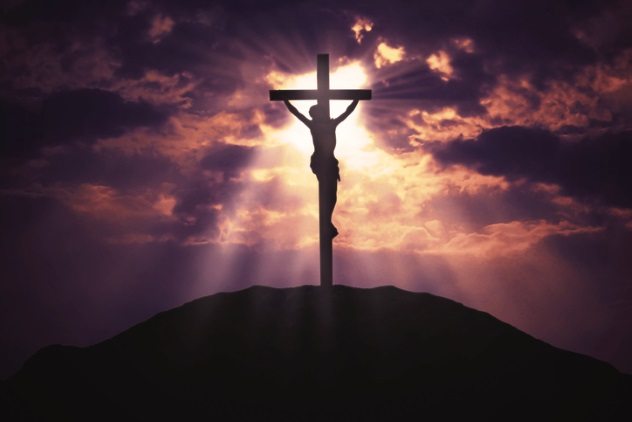
As summer gives way to autumn, the days become shorter—or the Sun becomes “weak” and loses its power. Jesus’s eventual crucifixion reflects this part of the Sun’s cycle. In fact, the cross and its connection is largely down to a zodiac disc used by many ancient civilizations, which was divided into four by a cross being placed or drawn over the top of it (aka the four seasons).[7] In the middle of the cross is the Sun, and the dial tracks its movements through each house of the zodiac.
Expressions such as “crossing over,” represented by the Sun passing over the cross, are believed to have first given life to Jesus or the Sun dying on the cross—it is crucified. Indeed, it is claimed by some that this is really where the origins of the phrase of someone “passing over” really stem from: the Sun crossing (passing) over this cross and dying.
3 The Two Thieves Of The Crucifixion

The story of Jesus states that He was crucified between two “common thieves” named Dismas and Gestas.[8] This symbolizes the Sun’s journey into the Houses of Scorpio and Sagittarius.
The claims of these astrological signs being thieves is down to the harvest—which, of course, was the reason for humanity’s fascination with the Sun. During the time of the Sun’s journey between these houses of the zodiac (in the West), in terms of the ancients’ harvest, no food was forthcoming from the land, the only time of the year in which this was the case. For all intents and purposes, this was due to the Sun’s (or Jesus on the cross) weakening state, and the land (Scorpio and Sagittarius or Dismas and Gestas) was “stealing” the crops and leaving the ground barren (stealing from the divinity of Jesus).
One interesting thing to point out here is that “Dismas” was adapted from a Greek work meaning “sunset”—the Sun going down into the dark place. As a further twist, in ancient Egypt, they symbolized the Sun entering dusk as the deity Set. On the other side of the coin, the rising of the Sun was symbolized by Horus—from where we likely get the word “horizon.” Make of that what you will.
2 Winter Solstice

The winter solstice occurs each year around December 21, as the Sun is at its lowest point. To many back in antiquity, the Sun, at this time, had died.[9] This, as we previously covered, was symbolized by the crucifixion, and now with the Sun remaining at its lowest point (dead) for three days, Jesus’s body was laid to rest in a cave for three days before His “rebirth”—and then it’s back to the first point made in this list.
Much like the summer solstice, the winter solstice has been an important date since the dawn of time and is still celebrated today by many of all faiths.
Incidentally, some early versions of the story of Jesus state that He was actually born in a cave as opposed to a stable, which, if accurate, would make the story even more complete and is another example of how small details of the same story have been changed to suit the times and, in turn, the desired or anticipated audience.
1 The 12 Disciples
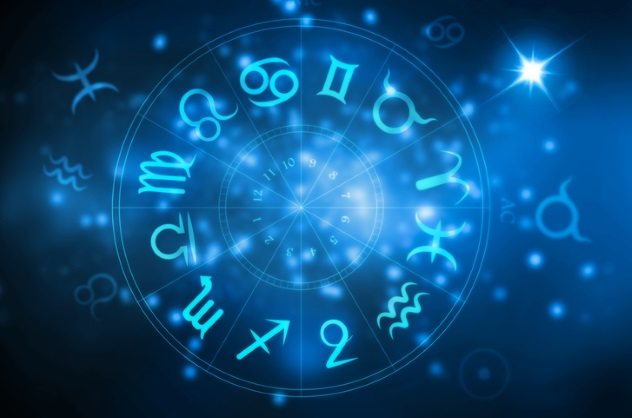
Of course, there are 12 disciples, which in reality—according to these types of theories—were actually a nod of the hat to the 12 signs of the zodiac.[10] This is not just in the story of Jesus, either. Twelve is a recurring number in many other ancient legends—12 and one, with the one being the Sun.
Two more examples of how the number 12 has been used again and again as a salute to the houses of the zodiac (and in turn the months of the year) include the 12 Tribes of Israel as well as King Arthur and the 12 Knights of the Round Table. Even Himmler (who thought of himself as the one, the Sun) had 12 “knights” in his inner circle.
All are, in part, are references to the houses of the zodiac, and the absolute, overriding importance of the Sun.
Read more lesser-known ideas about Jesus on Top 10 Bizarre Fringe Theories About Jesus and 10 Unusual Ideas About Jesus That Challenge Common Beliefs.





